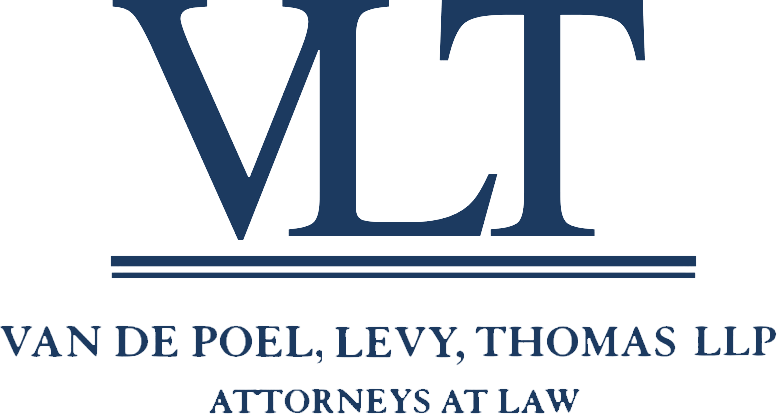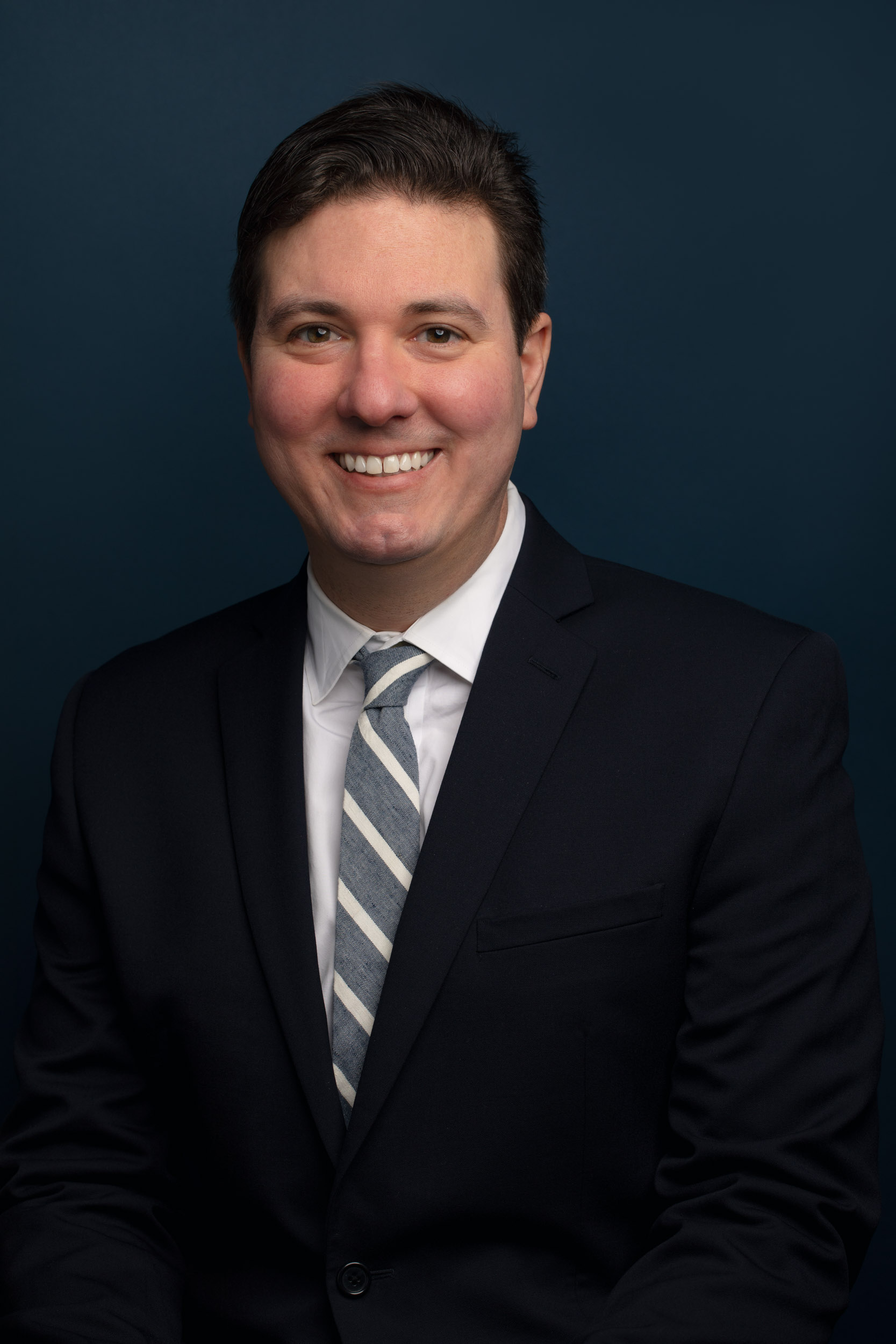If you are an employer, you probably purchase general liability insurance. You probably know that this type of insurance covers you if you or your employee accidentally hurt another person. You may also know that this insurance does not cover you for intentionally hurting another person. But, until now, nobody was quite sure whether this liability insurance covers you for intentional acts by your employees that you did not intend.
First off, why the difference between covering accidental acts versus intentional acts? The reason is probably somewhat obvious: if a person can buy insurance coverage for an intentional act, the person can basically do anything without being financially responsible for those actions. Some people would take that as a lack of disincentive to refrain from intentionally hurting other people. If the mafia could buy insurance for killing people, it probably would, right? Well, maybe not, but you get the point. A financial “get out of jail free” card sends the wrong message.
Employers, though, are in an awkward position on this question. Employers hire people. Employers do not stand over each employee all day to make sure those employees do not intentionally do hurt other people. So, what happens when their employee intentionally hurts somebody else? Do we apply the policy preventing coverage for intentional acts? Courts have approached the issue in different ways across the country. This month, the California Supreme Court had the opportunity to address the question in Liberty Surplus Insurance Company v. Ledesma & Myer Construction Company, Inc.
In the Liberty case, the insured was Ledesma & Myer Construction Company (“L&M”). L&M hired an assistant superintendant, Darold Hecht (“Hecht”) to work on a construction job at a middle school. Hecht molested a 13 year old girl while on the job site. L&M was sued by the little girl alleging that L&M had been negligent in hiring, retaining and supervising Hecht. L&M asked their general liability insurer (“Liberty”) to cover the claim. Liberty objected on the basis that their policy covered accidents not intentional acts. Eventually, the California Supreme Court was asked for guidance: is this a covered accident in California or not? The Supreme Court’s answered the question unambiguously: if Hecht’s actions were not intended or foreseen by L&M, then, as to L&M, this was an accident and covered by this type of liability insurance policy.
The California Supreme Court reasoned that California law was clear on the underlying point that an employer who acts careless but unintentionally in hiring, retaining or supervising an employee can be held liable if the employee intentionally hurts someone. Further, because an employer can be held responsible for the intentional actions of an employee, unless the employer intended or foresaw the employee’s actions, then it follows that the employer should be able to expect coverage for any resulting injuries if the employer is sued.
Employers should take away a few critical points from this case:
-
- Be cautious in hiring, retaining and supervising employees. You are responsible for their actions regardless of whether those actions are careless or intentional.
- If your employee does hurt someone, whether intentional or not, as long as you did not intend or foresee the employee’s actions, your liability insurance policy should cover these as an “accident” on your part.
- Do not, of course, hire or retain an employee if you expect them to hurt someone else. You will be responsible for those actions and will not have insurance coverage for any resulting liability.
If you have questions about what coverage your general liability insurance policy provides you as an employer or what to do when you get sued for something your employee does, please call us. We are happy to help. If you are an insurance professional or lawyer interested in a technical analysis of this case, we have provided one here [click HERE for a more detailed analysis of this case]. We welcome the opportunity to discuss the impact of this case on your claims practices.























